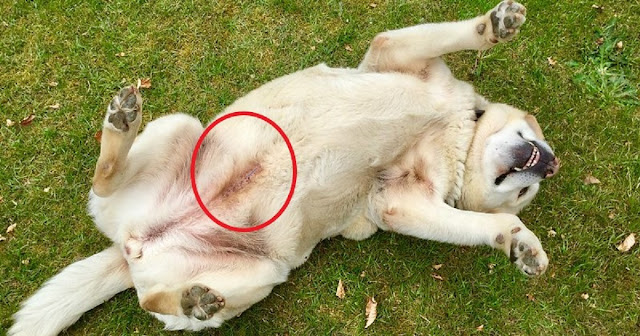
You could wonder. It’s a reasonable inquiry. Whereas the tattoo at the incision site is permanent, surgical scars do disappear with time. This little but significant mark guarantees, even as the years go by, a visual assurance that the dog has been spayed or neutered.
You may be wondering right now what this tattoo looks like. Is it a straightforward squiggle or an intricate masterwork? Not to worry; usually, the blue line is simple and discreet. This line could be mirror reflected on both sides of the incision or straight on one side as a lone stripe. This little gesture conveys a strong message about the conscientious decisions taken by the veterinarian team and pet owner.
But if the main objective is the spaying or neutering procedure, why would one consider tattoos? The solution is in the thorough care and concern veterinarians show for animal welfare. Though the operation mostly aims to avoid unintended births and enhance animal health, the tattoo gives an additional degree of information and confidence.
Consider the blue line as a mute storyteller. It tells that previously able to contribute to pet overpopulation, this dog has now been gently and carefully cared for. It is a sign of a society cooperating among veterinarians, pet owners, and even the animals themselves to guarantee a better and healthier future for our animal friends.
Therefore, you are seeing a dedication to proper pet keeping if you find a blue line tattoo on the belly of a dog. This little emblem tells volumes about the initiatives taken to regulate pet numbers, promote animal welfare, and forge closer relationships between people and their dogs. Thus, be aware that the next time you observe that subdued blue line, it is more than simply ink!
